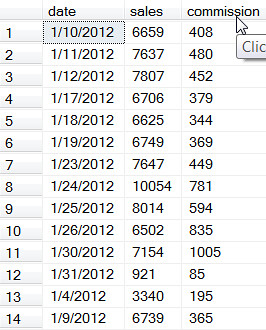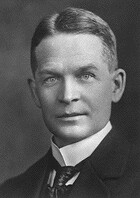The Restaurant at the End of the Universe
Space Food
 Another of my favorite books by one of my favorite authors, Douglas Adams . I have borrowed his title to write about food in space. A little bit of history and a little bit of future.
Another of my favorite books by one of my favorite authors, Douglas Adams . I have borrowed his title to write about food in space. A little bit of history and a little bit of future. Firsts
Yuriy Alekseyevich Gagarin was the first human to pull back our planet's drapes and leave the atmosphere for outer space. He consumed 3 containers of food, they were shaped similar to toothpaste tubes. Each weighing 160g. Two were pureed meat and one was a chocolate sauce. Similarly John Glen squeezed apple sauce from a tube as part of an experiment, Initially US scientists were concerned that swallowing would be difficult in low gravity but John Glen reported no issues when he consumed applesauce.
As space technology improved so did the food that was available to astronauts. The food slowly evolved from tubes of various pureed items or gelatin coated dry snack foods to freeze dried foods reconstituted by water.
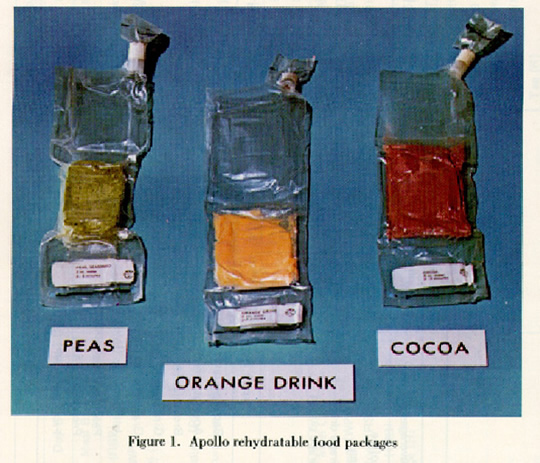 By the time Neil Armstrong was getting ready for the Apollo mission that would make him a household name, food for space use had come a long way. But there were many concerns that needed to be addressed that were not necessary for the first human forays into space. First Apollo 11 would be an 8 day mission, therefore the food would not just be there for Astronauts to satisfy a short term craving, the food was necessary. It needed to be calorie and nutrient packed and it needed to survive launch and spaceflight and be somewhat palatable.
By the time Neil Armstrong was getting ready for the Apollo mission that would make him a household name, food for space use had come a long way. But there were many concerns that needed to be addressed that were not necessary for the first human forays into space. First Apollo 11 would be an 8 day mission, therefore the food would not just be there for Astronauts to satisfy a short term craving, the food was necessary. It needed to be calorie and nutrient packed and it needed to survive launch and spaceflight and be somewhat palatable.By early space food standards the Apollo Astronauts ate like kings. Hot dogs and thermo-stabilized cheddar cheese were a couple of things on the menu along with bacon cubes. Beverages included coffee and an orange-grapefruit drink. Tang which is often associated with space was not provisioned on Apollo 11.
Space Shuttle Food
 When regular space flight by the Space Shuttle Missons began the array and variety of foods had increased dramatically. The latest nutrition technology was used to design meals that would fit each individual astronaut based on their height and weight. A standard menu was base around a standard shuttle mission of 7 days and each Astronaut could choose to substitute foods from the standard menu for other selections they prefer.
When regular space flight by the Space Shuttle Missons began the array and variety of foods had increased dramatically. The latest nutrition technology was used to design meals that would fit each individual astronaut based on their height and weight. A standard menu was base around a standard shuttle mission of 7 days and each Astronaut could choose to substitute foods from the standard menu for other selections they prefer.
Food preparation was performed in a galley, mid deck, that contained a water dispenser and oven for warming foods and re-hydrating meals.
Astronauts used a food tray that could hold food containers for their meal. They used conventional knives, forks and spoons with the addition of scissors to open Mylar bags.
Future
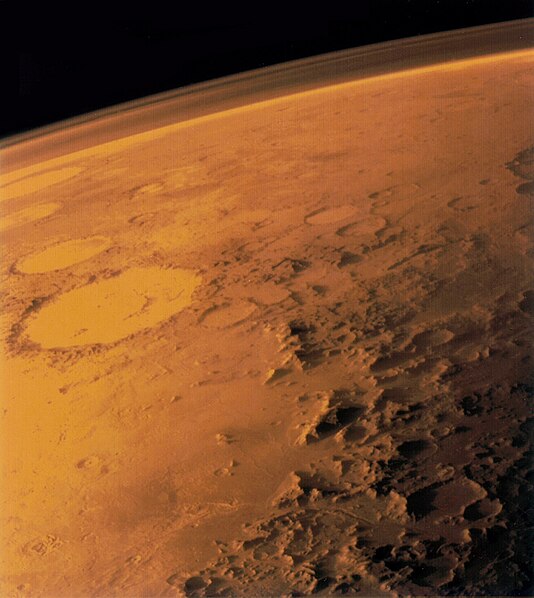 Currently NASA is working out menu items and methods for a manned mission to mars in the 2030's, this food will be different. First the mission length will be much greater than any other manned mission to date. Current reported mission timeline is 6 months to the red planet. 18 months on the surface of Mars and 6 months back home. Food will need to last a really long time and still be edible.
Currently NASA is working out menu items and methods for a manned mission to mars in the 2030's, this food will be different. First the mission length will be much greater than any other manned mission to date. Current reported mission timeline is 6 months to the red planet. 18 months on the surface of Mars and 6 months back home. Food will need to last a really long time and still be edible.
Thanks to previous space food technologies there is quite a variety, which is very important for such a long mission. During space flight due to lack of gravity the sense of taste and smell is diminished causing foods to taste bland. Of course you don't want someone opening up a bottle of ghost pepper sauce to spice things up at micro gravity, or everyone will have a bad day.
 |
| These are the same dishes Which would you eat? |
But with the gravity provided by Mars meals should be able to be a bit more flavorful and easier to prepare. This is a game-changer in food preparation planning for NASA. Gravity is less than that which is on earth and atmospheric pressures are different causing the boiling point of water to be different. It may be possible to efficiently boil water in a pressure cooker and fresh vegetables could be cooked easily this way. I mentioned in a previous article about space farming, a very possible solution to getting fresh food in space is the though the use of high tech agriculture while in space. A small green house could help provide some oxygen as well as fresh produce and unless the astronauts are up for a raw, diet boiling and cooking would become important.
Currently Maya Cooper, a senior researcher at Lockheed Martin is working with a team to develop the menu and methods for keeping astronauts fed on the mars mission. Her team has already come up with about 100 recipies. All of these recipes are vegetarian due to the distinct lack of cows and chickens on Mars. To keep the menu fresh and to keep the other astronauts performing research it is possible that one astronaut will be chosen to be Mar's own Gordon Ramsay, allowing them to study the sustainability of food outside Earth's atmosphere, and possibly off-world farming. This sort of research is an important precursor to sustained living outside our planet's environment.

Have a great day, and eat a great meal!
~Yati






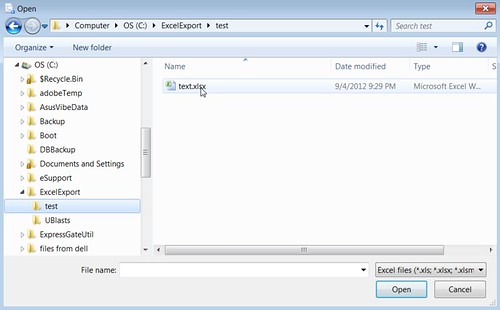
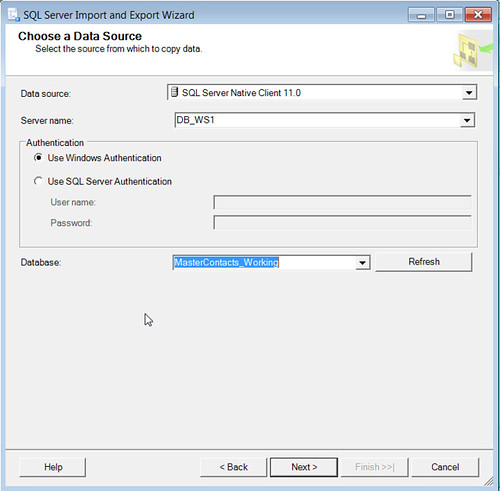
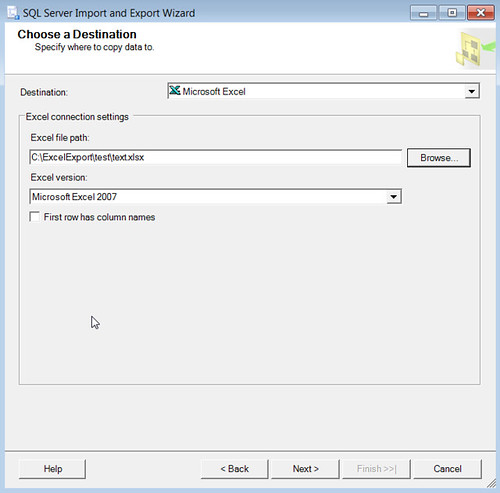

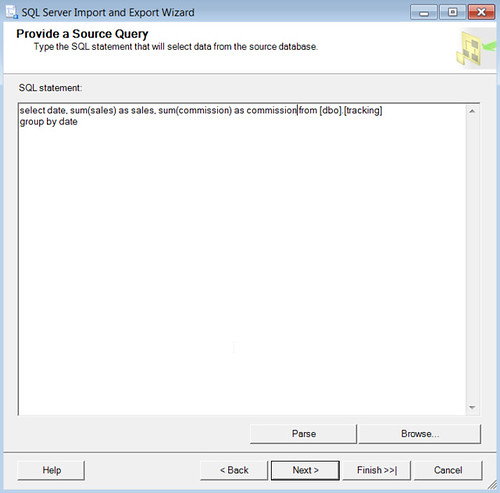
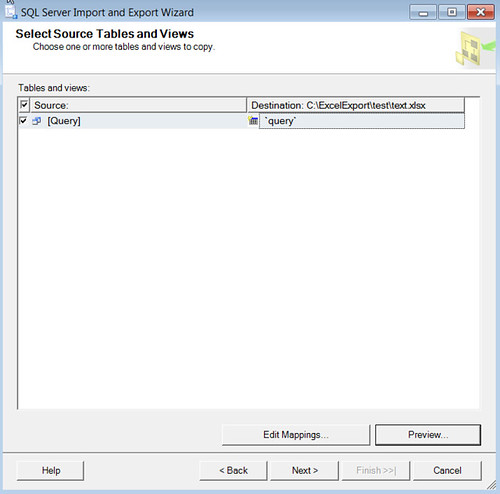

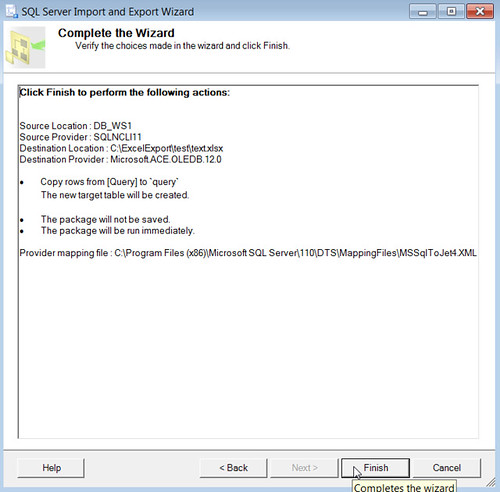
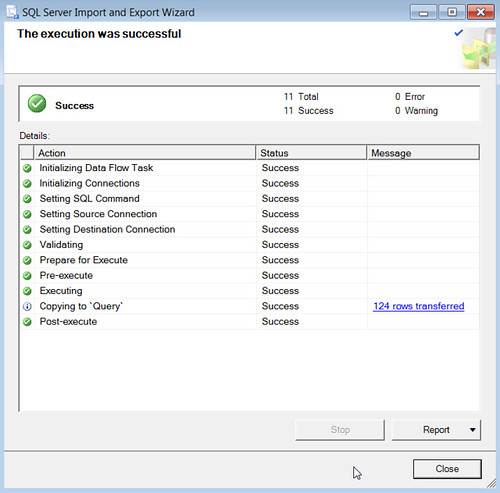
![Microsoft Excel - test.xlsx [Group]_2012-09-04_21-45-45](http://farm9.staticflickr.com/8030/7938361636_889542ba57.jpg)

